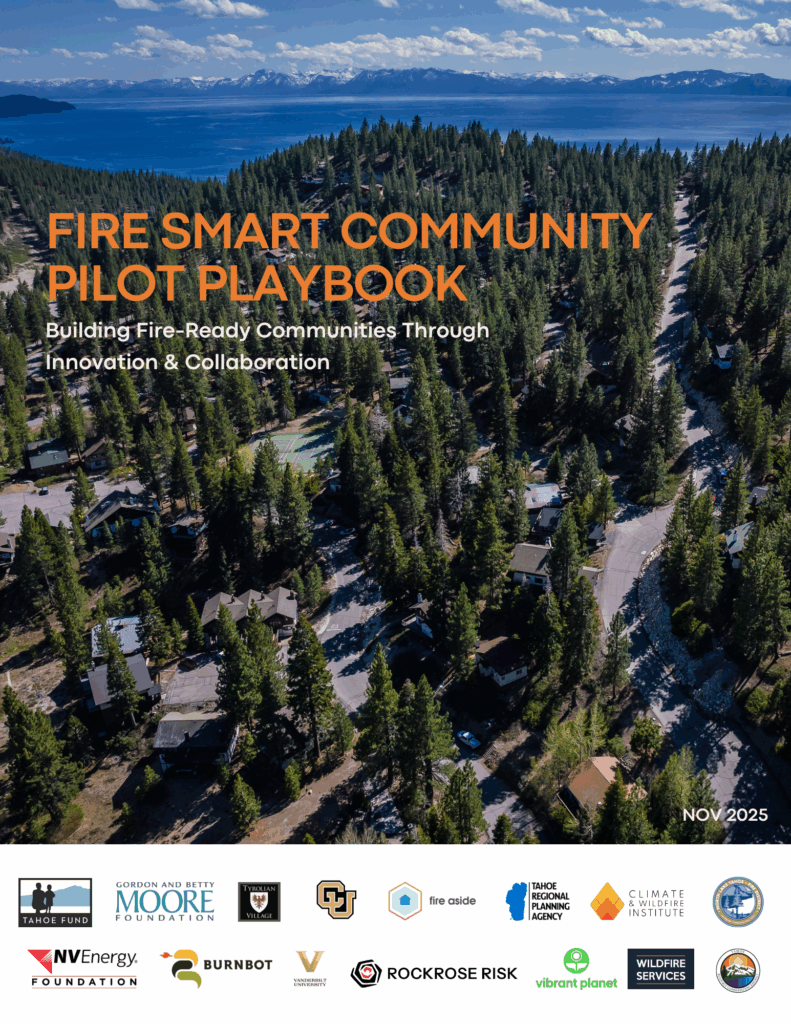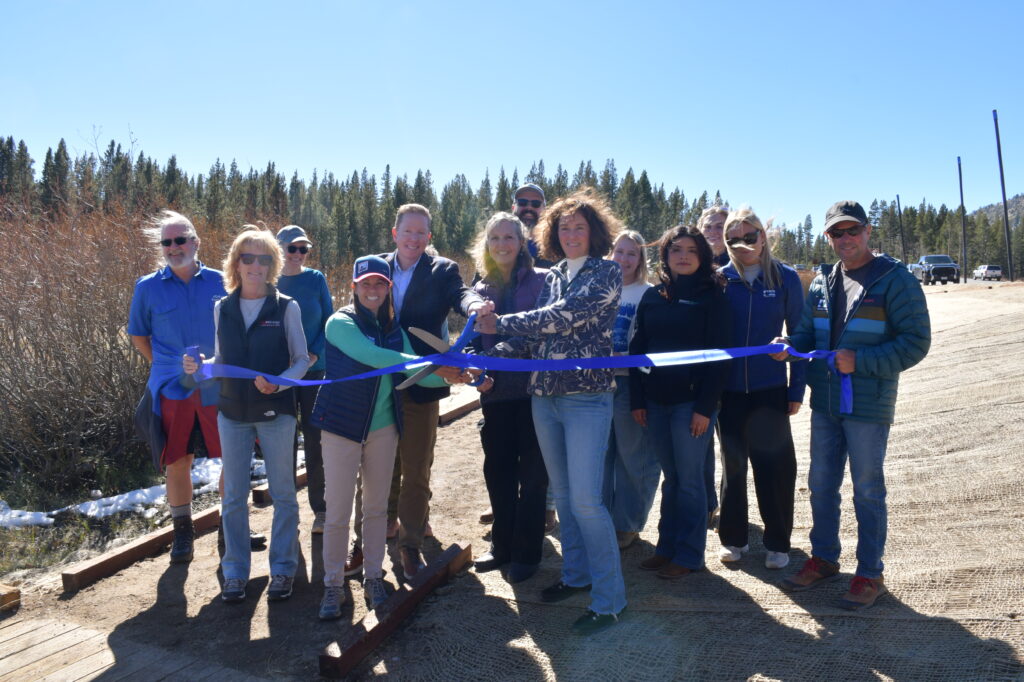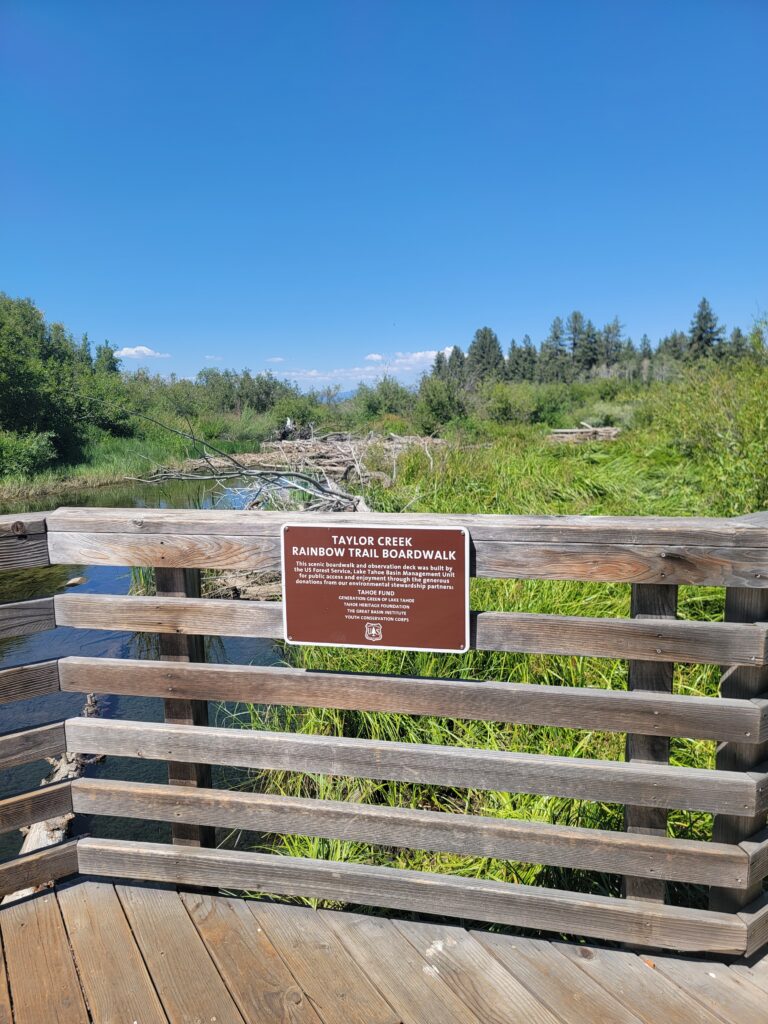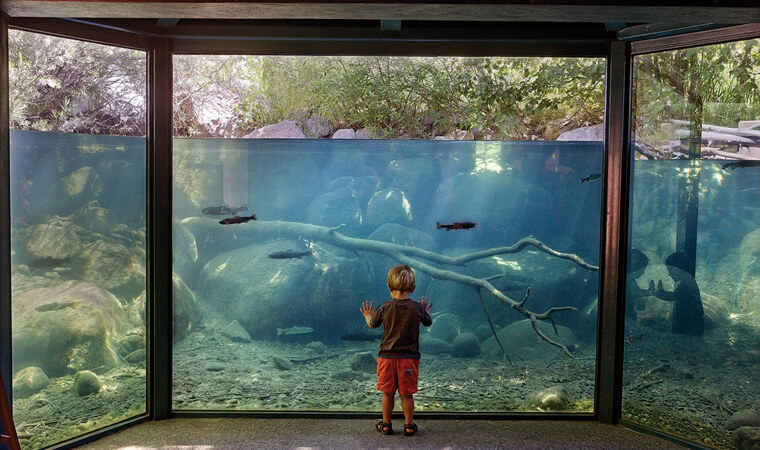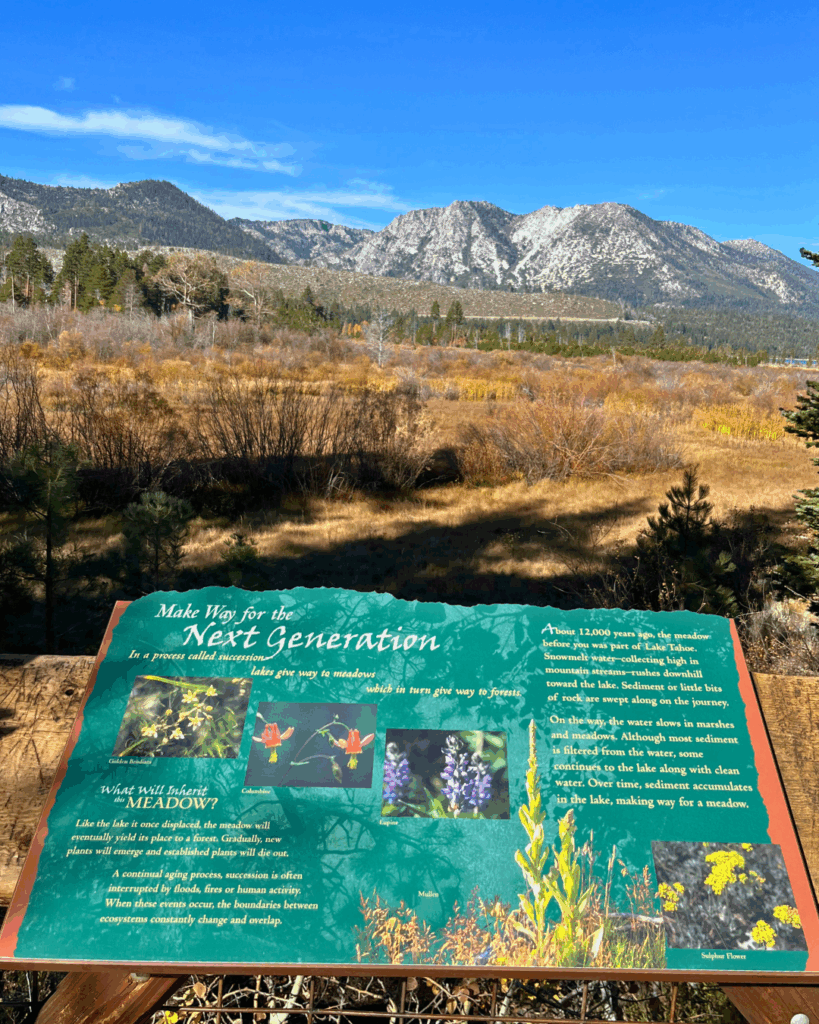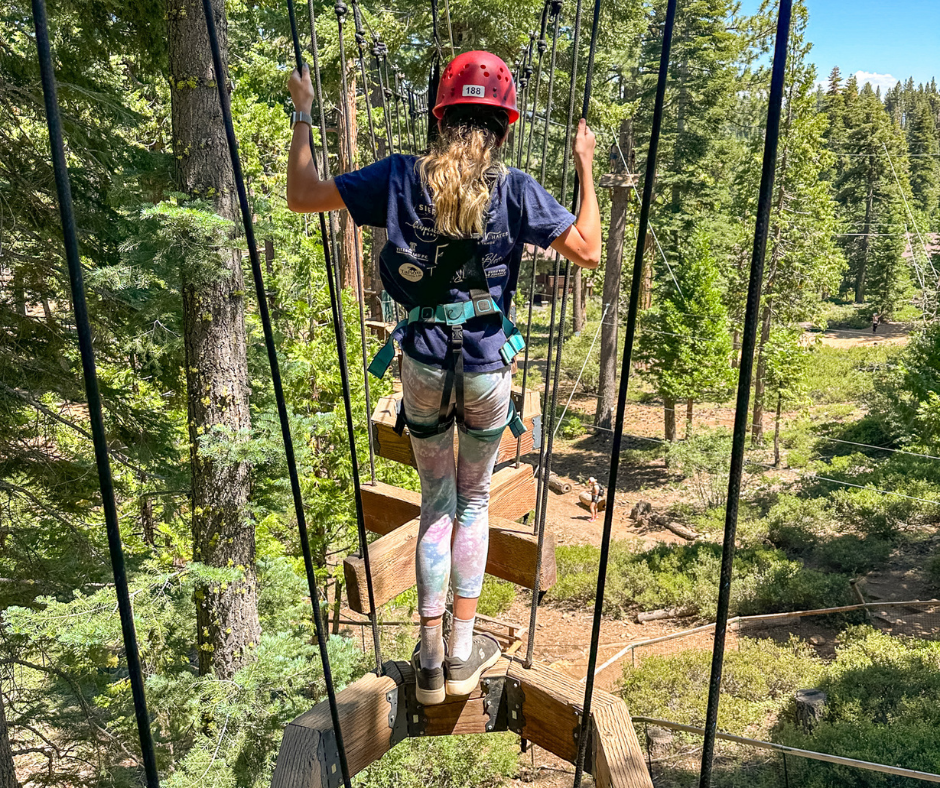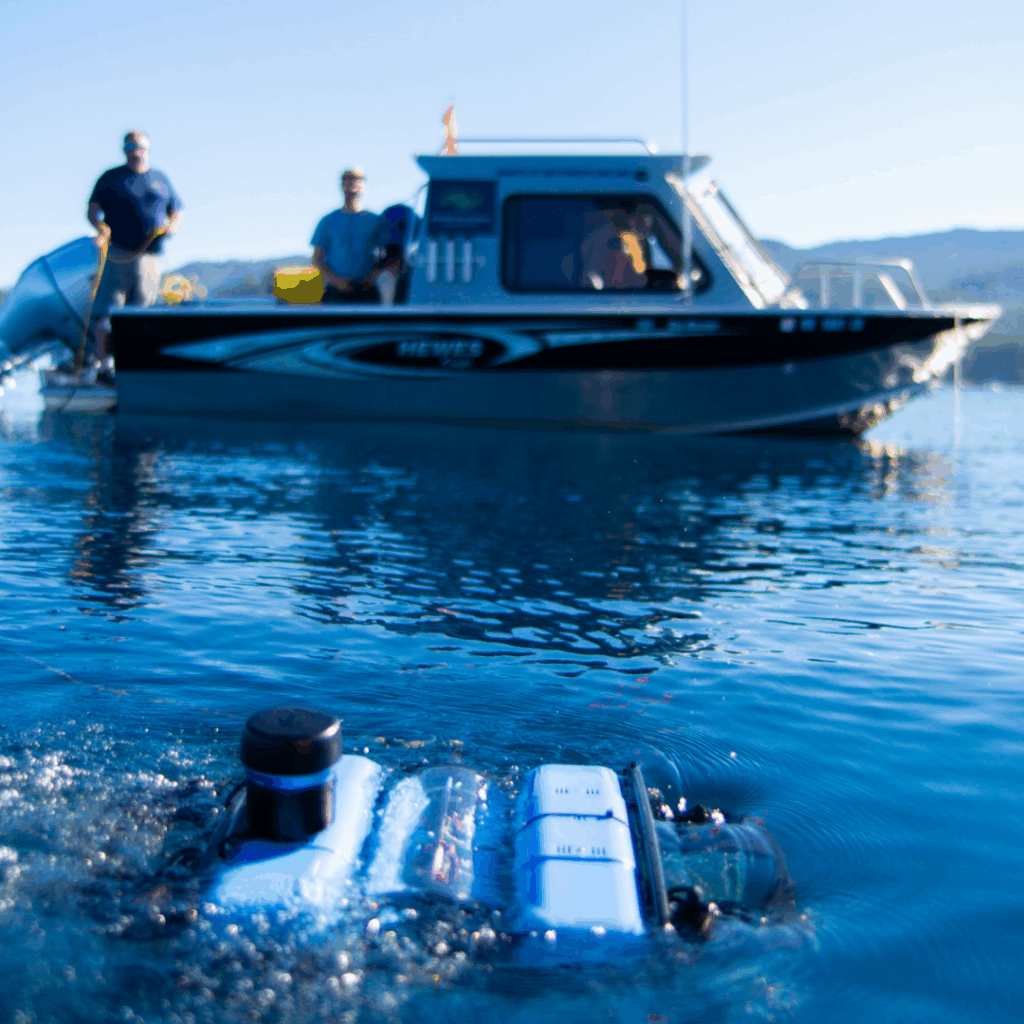Released at Red Sky Summit, new guide offers a tech-focused blueprint to better prepare communities for wildfire
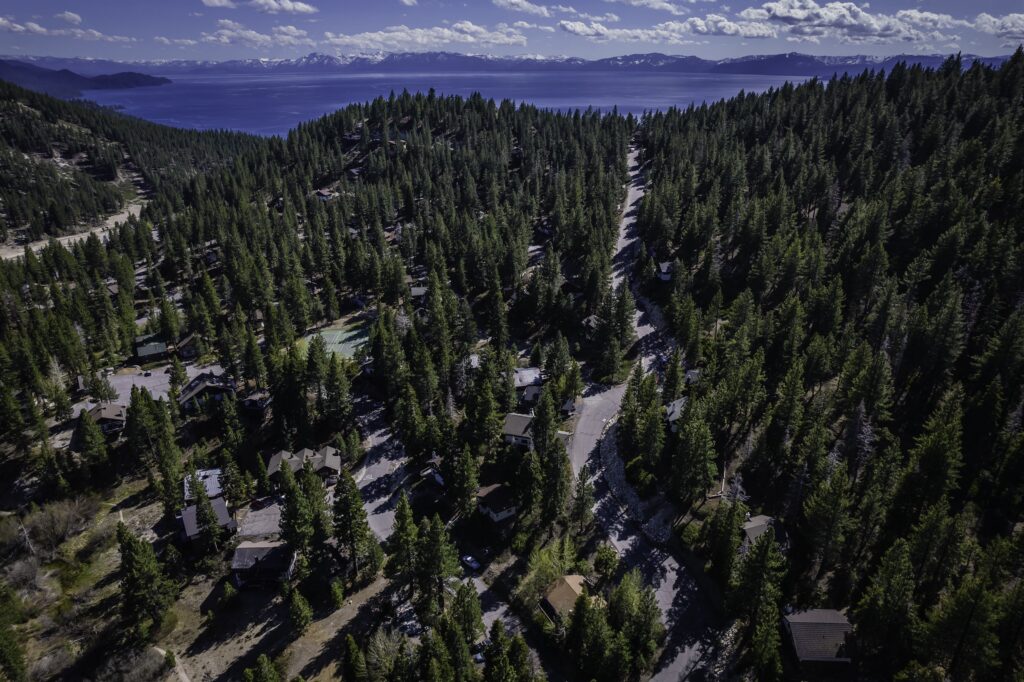
As wildfire risk intensifies across the West, the Tahoe Fund and partners today unveiled the Fire Smart Community Pilot Playbook at the Red Sky Summit, a gathering of leaders focused on wildfire technology solutions.
The new Playbook captures the process and lessons from the Fire Smart Community Pilot in Tyrolian Village (Incline Village, Nevada) — a first-of-its-kind initiative launched in 2025 to create the most fire-ready community in Lake Tahoe. The Pilot brought together advanced modeling tools, wildfire researchers, local fire districts and homeowners to identify and implement the “mitigations that matter most” for reducing wildfire risk.
“The Fire Smart Community Pilot proves that when you combine the right people, technology and commitment, communities can dramatically increase their wildfire resilience,” said Amy Berry, CEO of the Tahoe Fund. “We were proud to launch this Playbook at the Red Sky Summit, where we know so many leaders gather to innovate on wildfire resiliency. We hope this can be a model they can take home to their communities.”
A Model for Action
Developed in partnership with the North Lake Tahoe Fire Protection District (NLTFPD), Tyrolian Village HOA, The Climate and Wildfire Institute, Vibrant Planet, Fire Aside, BurnBot, and Dr. Hussam Mahmoud, RockRose Risk and Tahoe Fund, the Pilot demonstrates how neighborhoods can integrate cutting-edge risk modeling, innovative techniques for mitigating risk, and homeowner engagement to measurably reduce fire danger.
Key outcomes to date include:
- 61 acres of fuel treatments completed in Tyrolian Village, including 34 acres treated by BurnBot in under one week.
- 228 home inspections conducted through Fire Aside, providing residents with personalized defensible-space and home-hardening recommendations.
- Four additional pilots launched across the Tahoe Basin in Nevada and California, expanding this collaborative model region-wide.
- Positive insurance results emerging, including a 33% premium reduction for the McCloud HOA in Incline Village following mitigation actions.
“Technology like Vibrant Planet’s modeling and Fire Aside’s inspections allowed us to prioritize high-impact mitigations quickly,” said NLTFPD Chief Ryan Sommers. “These tools empower fire districts and homeowners alike to make smarter, faster decisions that save both time and property.”
Lessons for Replication
The Playbook provides a step-by-step guide for communities to replicate the Pilot, emphasizing the importance of:
- Strong local leadership from fire districts and community champions;
- Early engagement of technology partners and researchers;
- Collaboration with insurers to align risk reduction with coverage.
“This isn’t someone else’s project. It’s ours — our neighborhood, our homes, our future,” said Greg Erfani, President of the Tyrolian Village HOA. “By treating our forest, hardening our homes and stepping up together, we’re showing that real change happens when a community decides it will defend itself. We’re sharing our lessons so that other communities can learn what we learned.”
To download the Playbook or connect with project partners, visit tahoefund.org/firesmartpilot or email info@tahoefund.org.
